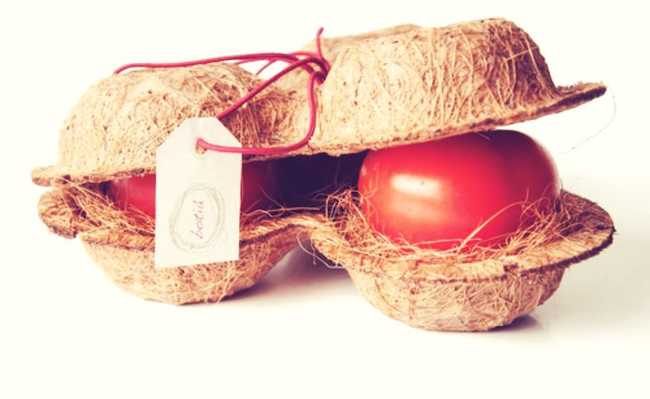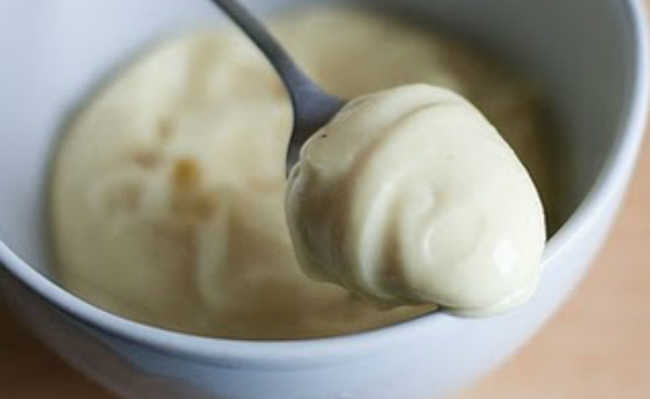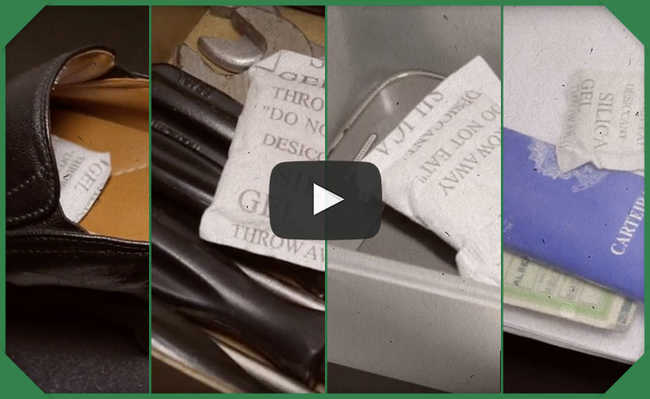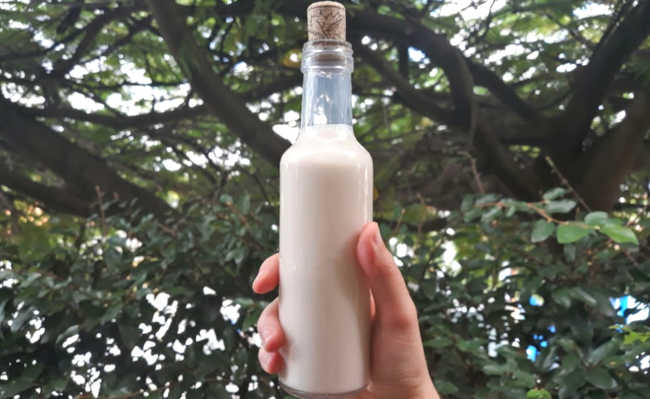Understand feedlot meat production
The confinement technique emerged as a way to transport the sale of animals during harvest periods of agricultural products

Clark Young's resized image is available on Unsplash
Animal confinement is a rearing system that locks animals in cages, paddocks, corrals or stalls, with limited displacement area, feed supplied in a trough and water in a drinking fountain.
The confinement technique emerged as a way to sell animals during the harvest periods of agricultural products and their resale in the off-season periods. Later, confinement started to be used to take advantage of residues or by-products from agro-industries.
Usually, confinement is practiced in periods of little rain - when the pastures are less covered - or to fatten the animal more quickly, being widely used in the beef cattle sector.
However, it represents only 5% of all livestock production in Brazil. For some environmental activists, thank goodness. According to them, animal confinement promotes animal suffering, in different intensities, depending on the type of accommodation.
For the veterinarian and technical director of the National Forum for Animal Protection and Defense (FNPDA) "Containing an animal for practically all its life in a tiny cage where it cannot even turn or walk is something extremely cruel".
However, some supporters of confinement claim that mistreatment is only a reality in structures where animals would not have space to lie down or would suffer from the action of dominant animals.
In US regulatory language, these breeding sites are called Concentrated Animal Feeding Operation (CAFOs). According to the Environmental Protection Agency (EPA) an Animal Feeding Operation (AFO) is characterized by confining animals for more than 45 days in an area without vegetation. CAFOs are basically big AFOs. The American environmental agency divides CAFOs into three categories: small, medium and large, according to the number of animals, the volume of manure produced and the levels of pollution generated. The confinement considered large has at least a thousand heads of cattle or 30 thousand chickens. These types of confinement are subject to government oversight.
Confinement has been growing in Brazil and is essential to maintain the competitiveness of producers and the technological development of livestock. In spite of that, the national livestock must continue to be based on pasture, as they are abundant due to favorable climatic conditions and give rise to a softer meat. In Brazil, only 15% to 20% of the weight gain of animals occurs in confinement.
It may be true that confinement produces cheaper meat in the short term, but the long-term environmental problems are big and undeniable. Water consumption is high and toxic waste pollutes the air and springs. In the US, confinement produces twice as much waste as the human population.
As in pasture farming, in confinement, antibiotics help to prevent diseases stimulated by adverse conditions, in addition to promoting the growth of animals. However, they lead to the development of resistant strains and possibly to the reduction of the effectiveness of antibiotics used in humans, being a global threat, according to the study.
Another problem is the health of workers in feedlots. The environment has high levels of particulate matter suspended in the air, ammonia and endotoxins released by bacteria, which are very harmful to the respiratory system. There is also the possibility of the worker contracting contagious diseases transmitted by animals to humans.
Therefore, whenever you eat meat, try to find out which is the origin and give preference to those from places that respect the environment, feeding the animals with healthy food.









